When it comes to the Walker's Haute Route hiking, is there anything better, more beautiful, and more intense? When it comes to adventure and challenge, the Walker's Haute Route can be ranked alongside Kilimanjaro, the Everest Base Camp Trek, the Alta Via 2, and the Tour du Mont Blanc. More so, the latter is more of a preparation for the Walker's Haute Route than an equal. From Chamonix near Mont Blanc in France all the way to the Matterhorn near Swiss Zermatt, this is the pinnacle of hiking in the Alps. While showcasing amazing mountain passes, glaciers, charming pastoral towns, and magnificent valleys Walker's Haute Route is also known for its fantastic food and wine - promising a thrilling hut-to-hut trekking adventure. Allez, let's do the Haute Route!
There are 200 kilometers (125 miles) and 15,200 vertical meters (50,000 ft) between Chamonix and Zermatt. The highest point reached is 2,987 meters or almost 10,000 ft. It doesn't matter whether you use the metric or the imperial system, the numbers for the Walker's Haute Route blow you away. As one of the most iconic examples of hut to hut hiking in France and Switzerland, this tremendous route stands out for its dramatic alpine scenery and rewarding challenge. What makes it so special? How do you hike it self-guided? Where do hikers spend the night? Why choose the Walker's Haute Route over the Tour du Mont Blanc? Let us answer all your questions!



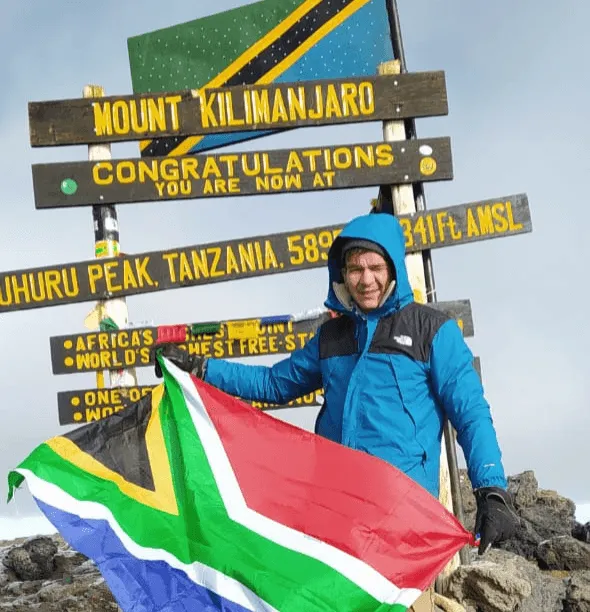
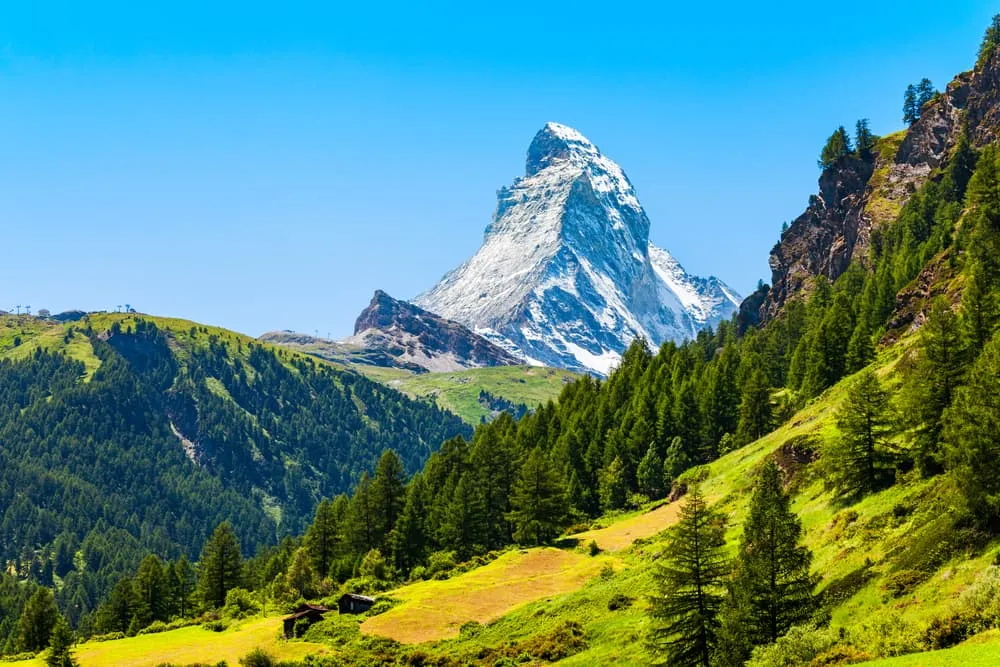
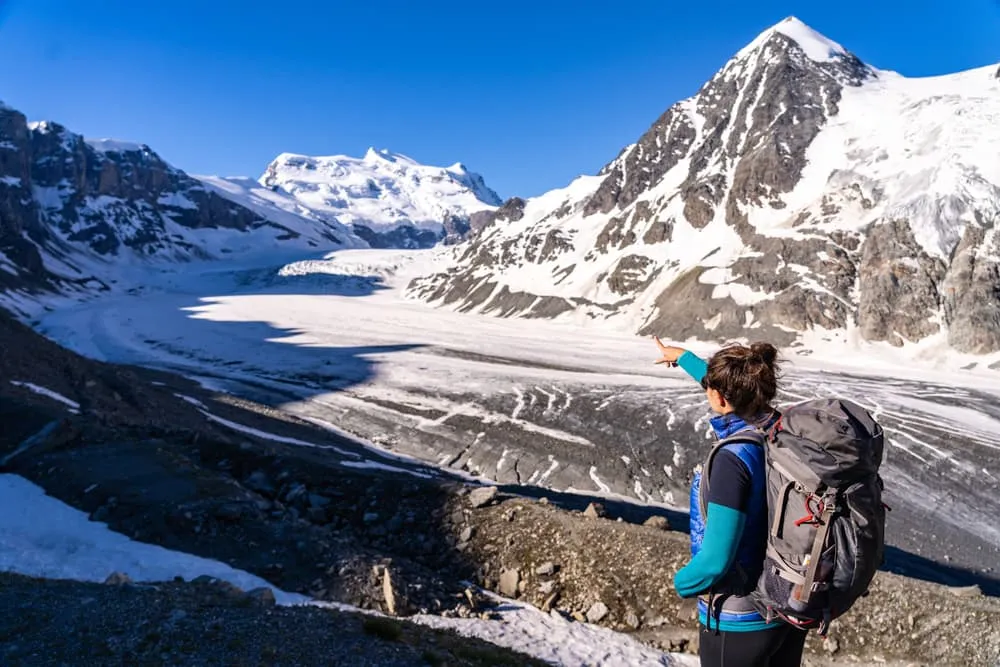
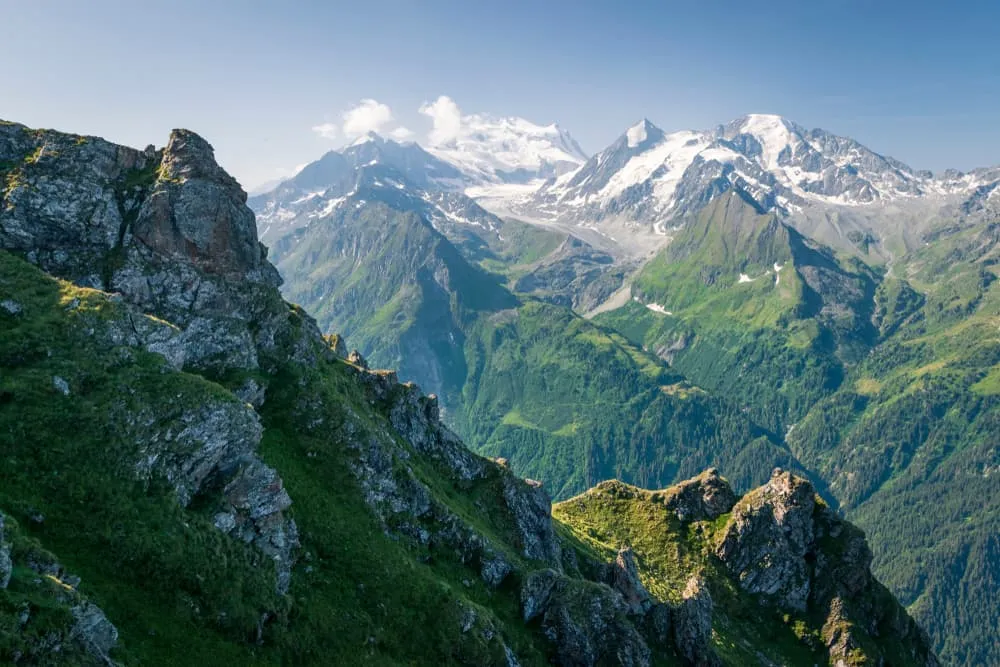
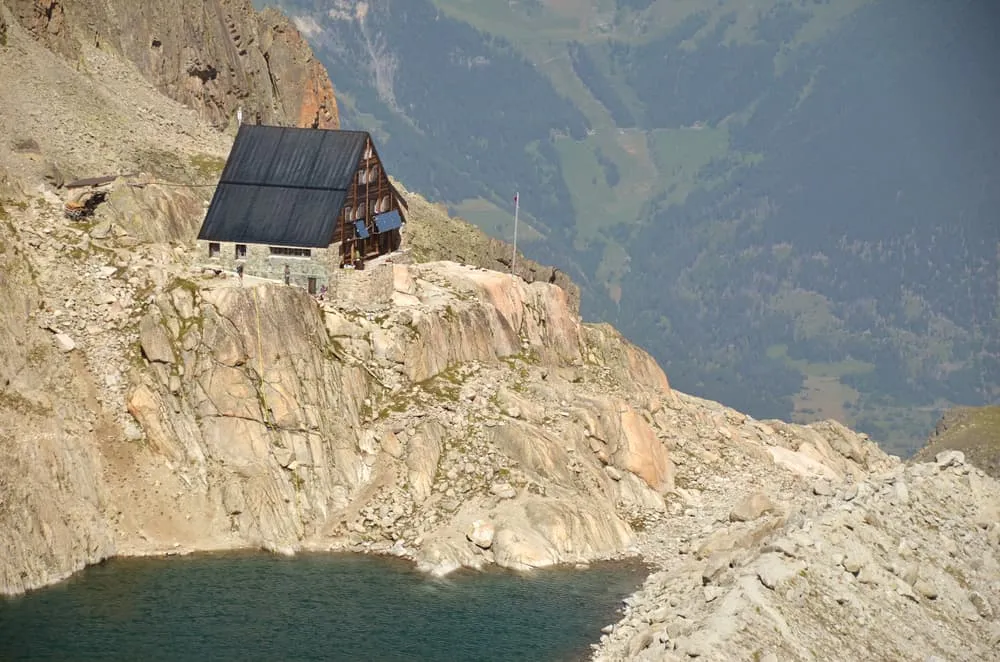
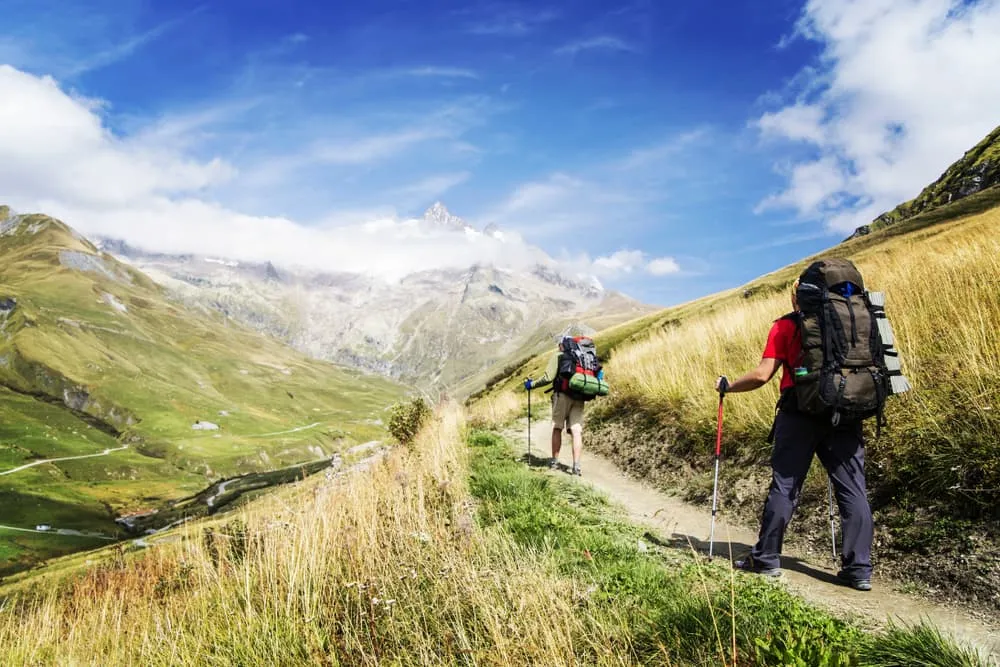
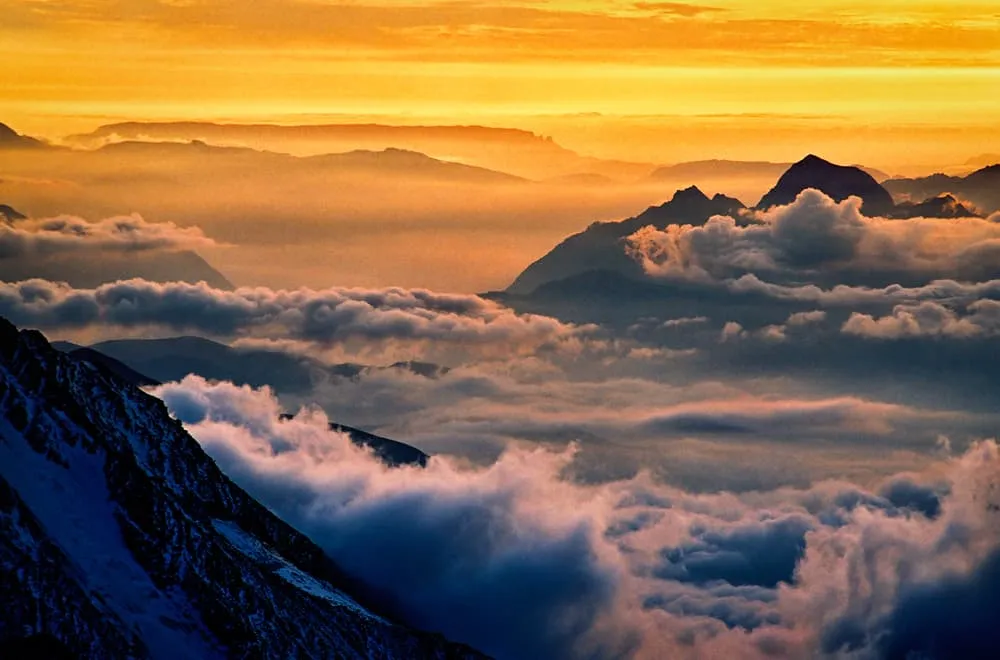
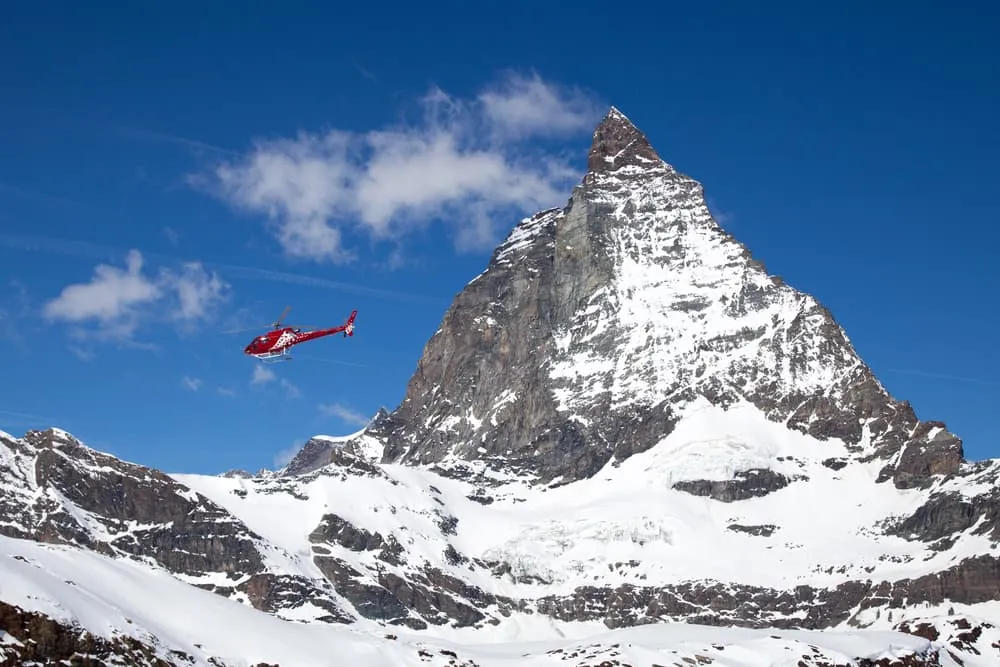
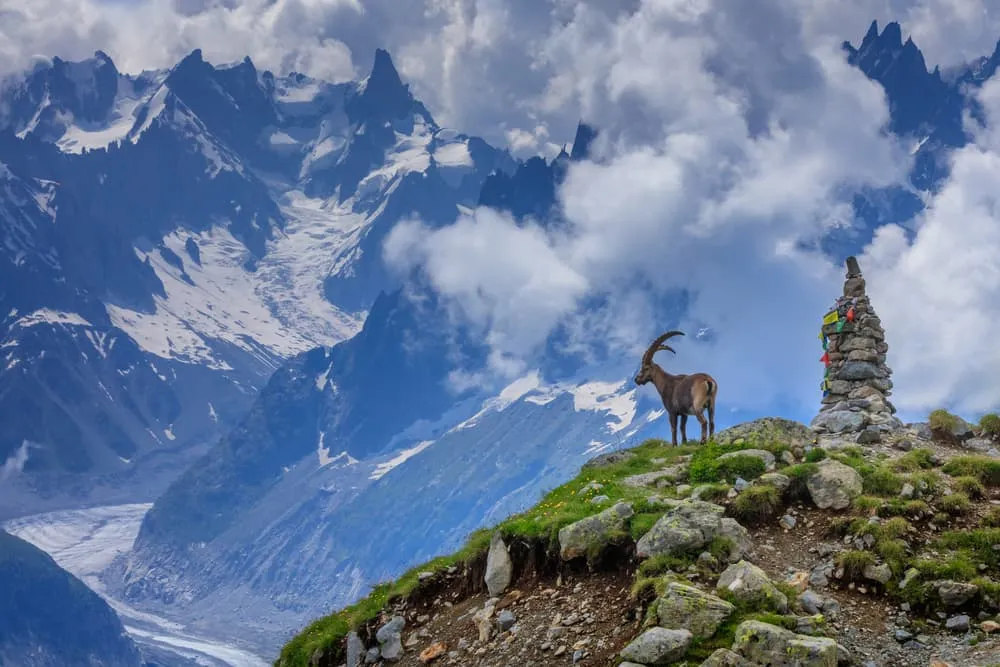
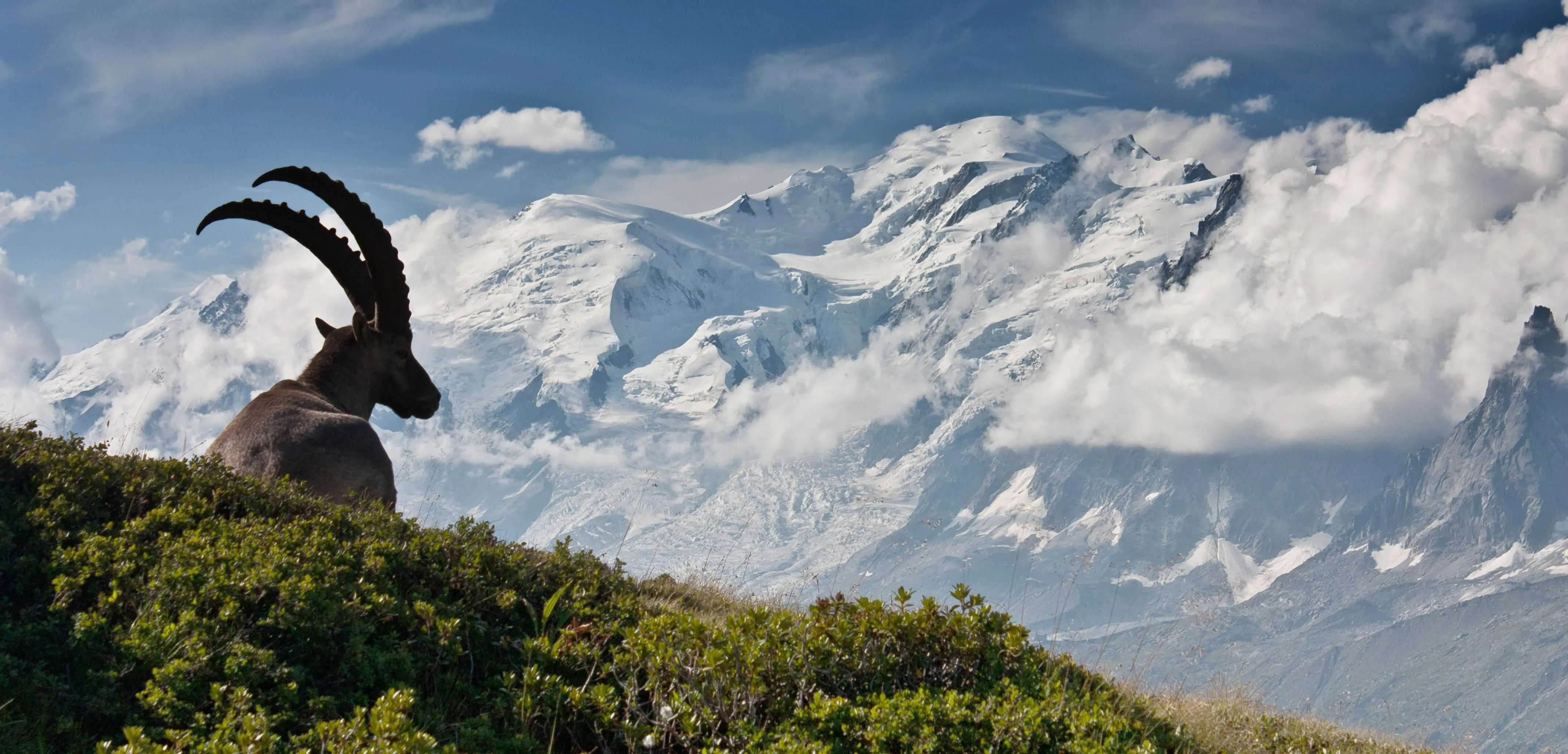
Comments